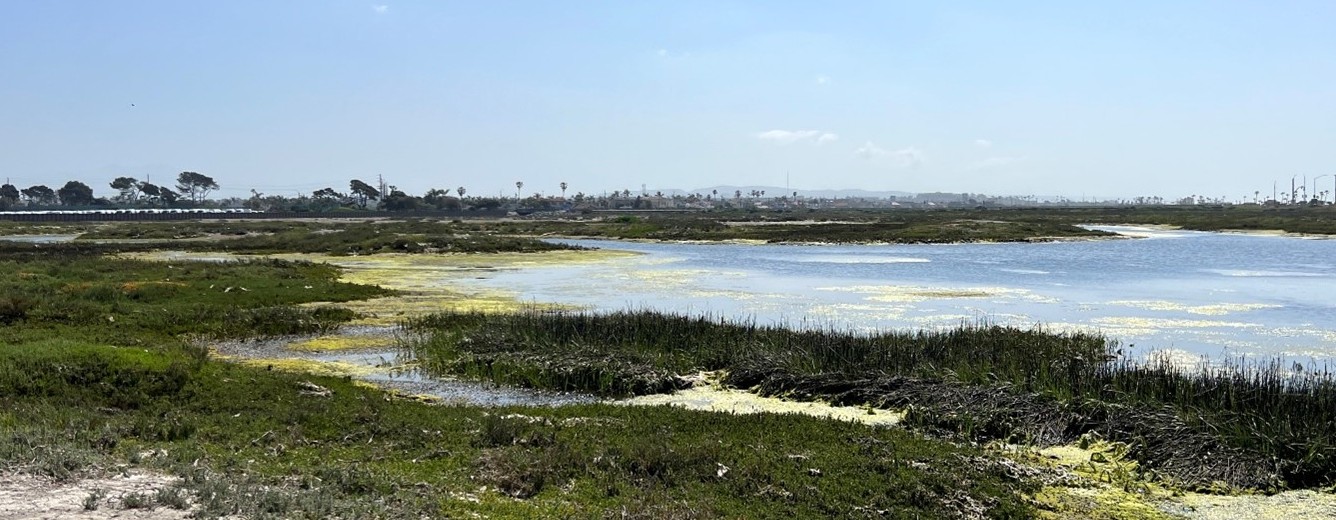On August 29, 2023, the Environmental Protection Agency (EPA) issued a final rule, effective September 8, 2023, revising the long-contested definition of Waters of the United States (WOTUS). This rule conforms to the holding in the recent Supreme Court decision, Sackett v. Environmental Protection Agency, (“Sackett decision”) which was discussed in Scout’s May 26, 2023, blog issue.
EPA’s Final Rule: What You Need to Know
To briefly recap, the Sackett decision eliminated two key wetlands provisions in the Clean Water Act regulations. First, Kennedy’s significant nexus test from the Rapanos v. United States decision (“Rapanos”) was struck down. Those working in the wetlands area know how complicated the courts made it for the government to prove significant nexus, but it had existed as a separate basis for asserting jurisdiction under the Clean Water Act since 2006.
The sole basis for determining Clean Water Act jurisdiction is now the plurality’s test from Rapanos of relatively permanent, standing or continuously flowing bodies of waters. This makes establishing the source of waterways pollution much harder to prove which, in theory, could make prosecution of individual or corporate violators more difficult.
Second, the Sackett decision wiped out the long-standing definition of adjacent wetlands, ‘bordering, neighboring, contiguous,’ that had been used by the Army Corps of Engineers (“Corps”) for its delineation since the seventies. While not exactly precise, Corps project managers and consultants were always able to arrive at a consensus during a delineation, at least in my experience with the Corps.
The Sackett decision now requires a continuous surface connection from the wetland to relatively permanent, standing or continuously flowing bodies of water.
Below is a table showing the key changes to the WOTUS regulations at 33 CFR 328.3 affected by the recent revisions.
| Key Changes to WOTUS Regulations 33 CFR 328.3 | ||
| Jurisdictional Category/Definitions | Key Changes | Affected Regulation Section |
| Tributaries | Deletes significant nexus. | (a)(3) |
| Adjacent Wetlands | Deletes significant nexus. | (a)(4) |
| Additional Waters | Deletes significant nexus. Removes wetlands and streams. | (a)(5) |
| Adjacent | Revises definition to mean “having continuous surface connection.” | (c)(2) |
| Significantly affect | Deletes definition. | (c)(6) |
| Source: EPA WOTUS | ||
The days of tracing the flow of a pollutant from a wetland to a traditional navigable water are long gone for those ‘old-timers’ that were around after the Solid Waste Agency of Northern Cook County v. United States Army Corps of Engineers (“SWANCC”) decision. The significant nexus test under Rapanos kept that concept alive, but as previously mentioned, it became almost impossible for the government to prove. Now, the Supreme Court tells us we have clarity of Clean Water Act jurisdiction thanks to Sackett. Some may say, however, that there was already plenty of clarity for wetlands jurisdiction with the so called ‘Migratory Bird Rule’ in the years after the Riverside Bayview Homes decision.
Scout strives to stay up to date on all relevant rules and regulations. If you have any questions or need any support, contact us today at: hello@scoutenv.com.













